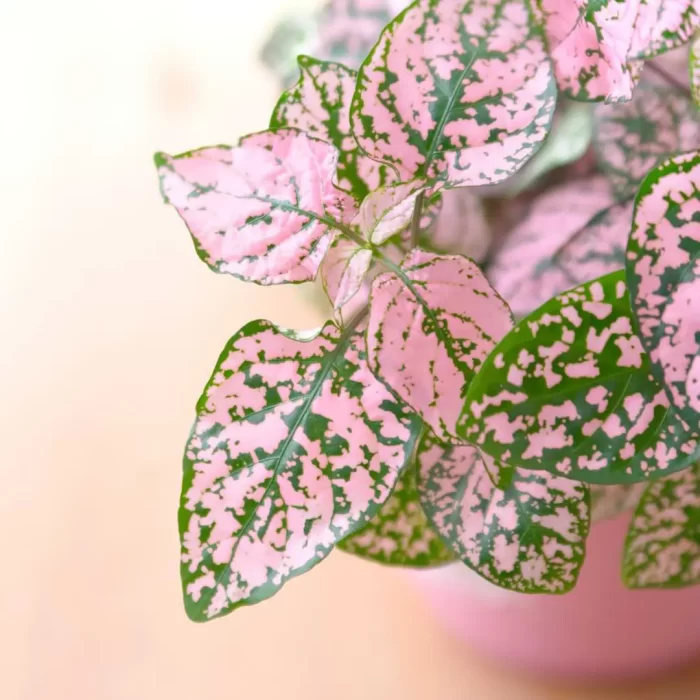Have you been looking for the perfect addition to your home that will add beauty, fragrance, and a touch of magic? Well, look no further than exotic angel plants!
These plants come in various shapes, sizes, and colors, so finding the right one for your space is easy. In this article, we’ll look at some of the best exotic angel plants on the market and their types.
Ready to get started? Let’s go!
Table of Contents
What are Exotic Angel Plants?
Exotic Angel Plants are a popular choice for gardeners and home enthusiasts looking for something different in their plants. These plants can come from all over the world, some with specific origins that lend them unique properties.
Exotic Angel Plants Care
Exotic angel plants need bright, indirect light and soil that is kept lightly moist. Fertilize your plants every couple of months with a liquid fertilizer to encourage healthy growth. Prune your plants regularly to keep them healthy and to promote new growth. Allow the soil to dry out between watering, and make sure to keep the drainage holes in your pot free of debris.
Types of Exotic Angel Plants
Exotic Angel Plants come in many shapes, sizes, and varieties. Some of the most popular types of Exotic Angel Plants include:
Philodendron: This tropical plant is known for its long, glossy leaves and beautiful trailing stems. It can grow quite large, up to 4 feet tall in some cases.
Dracaena: This type of Exotic Angel Plant comes in various species and has long leaves that form a rosette shape. The leaves can be either dark or light green or even striped.
Peperomia: Peperomia plants are small and compact, making them great for growing indoors. They come in a wide range of colors and textures, with leaves that may be green, variegated, or metallic.
Begonia: Begonia plants come in many different colors and sizes. These plants have beautiful blooms, and their leaves come in various shapes, from round to heart-shaped.
Calathea: Calathea plants have gorgeous, patterned leaves and thrive best when kept in humid environments. They can also tolerate lower light levels if needed.
Monstera Deliciosa: Also known as the Swiss Cheese Plant, this Exotic Angel Plant has enormous leaves with holes. It can grow quite large and can be trained to climb or left to trail down.
Frequently Asked Question
How Often Do You Water Exotic Angel Plants?
The amount of water needed for exotic angel plants varies depending on the type of plant. Generally, most exotic angel plants require regular watering, ranging from once a week to every other day.
Be sure to check your plant’s specific needs to ensure you are providing it with the optimal amount of water. If the soil is dry, it’s time to water your exotic angel plant.
How To Propagate Exotic Angel Plants?
Propagating exotic angel plants is relatively simple and can be done in several ways. The most common method of propagation for types of exotic angel plants is through stem cuttings.
To do this, take a pair of sharp scissors or garden shears and cut off a stem section that includes at least one node (a bump from which a leaf or branch grows).
Place the cutting in a glass of water and wait until the roots develop. Once they have grown to an appropriate size, transfer the cutting to a pot filled with soil, and keep it in a warm area with indirect sunlight. If you prefer, you can also propagate your plant using leaf cuttings.
Why Are They Called Exotic Angel Plants?
Exotic angel plants are known for their unique shapes and vibrant colors, making them some of the most beautiful types of exotic angel plants. Their eye-catching look and delicate petals have earned them the nickname “exotic angel plants” since they look like petite angels.
The name also indicates their origin, typically from tropical regions. This makes them both hardy and visually stunning, perfect for any home or garden.
Some may prefer shade, while others need lots of sunlight. It’s essential to consider these factors before choosing an exotic angel plant. Fertilizers and soil type should also be considered when caring for these plants, as they can affect their growth and health over time.
What Is the Temperature for Exotic Angel Plants?
When it comes to types of Exotic Angel Plants, the optimal temperature for them ranges from 65 to 75°F. In some cases, depending on the species of Exotic Angel Plant, temperatures can vary from 50 to 80°F.
If the temperature is too high or too low, it can adversely affect the plant’s growth and health. When caring for Exotic Angel Plants, keep the temperature in the ideal range.
Conclusion
If you’re considering adding an exotic angel plant to your home, you’ve come to the right place. This comprehensive guide will cover everything you need to know to choose the best option for your needs and get started caring for your new friend.
From choosing the suitable plant species to caring for it properly, we’ll provide everything you need to ensure your angel is happy and healthy.
So, whether you’re looking for a new addition to brighten up a room or a herb that can help improve overall health, check out our selection of exotic angel plants.

Holding a Ph.D. in Botany and boasting over 15 years of experience in horticulture and plant science, our author stands as a top authority on plant care and gardening. Their dedication to sustainable gardening practices and thriving greenery shines through on egreenplants.com, where they share their extensive knowledge and personal insights. Whether it’s mastering plant cultivation techniques or offering expert advice on plant care, their guidance ensures gardening enthusiasts receive reliable and actionable information. Follow their green journey on Instagram at @plantsandrocks for more tips and inspiration.

